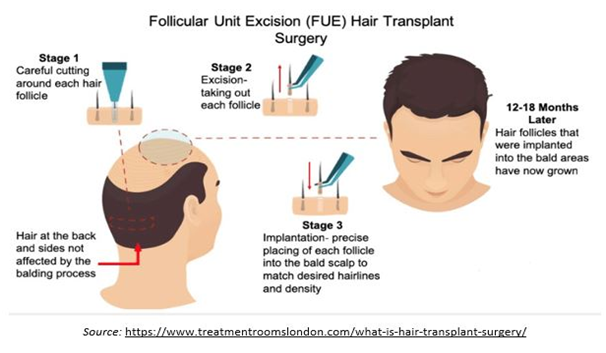Hair Thinning in 30s: Insights & Solutions
Hair thinning, also known as alopecia or hair loss, is a common condition that affects men and women. It is characterized by a gradual reduction in hair density and thickness. Hair thinning in 30s can be particularly distressing. However, it’s essential to address it early. Seek guidance from a qualified dermatologist or a plastic surgeon…


 Are you planning for a hair transplant?
Are you planning for a hair transplant?



